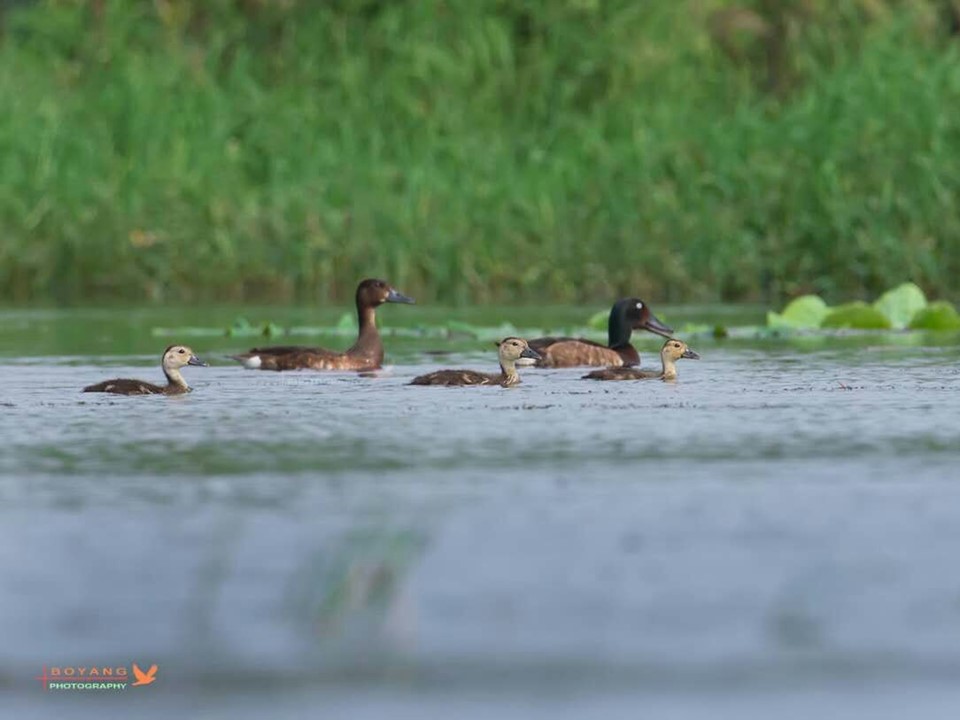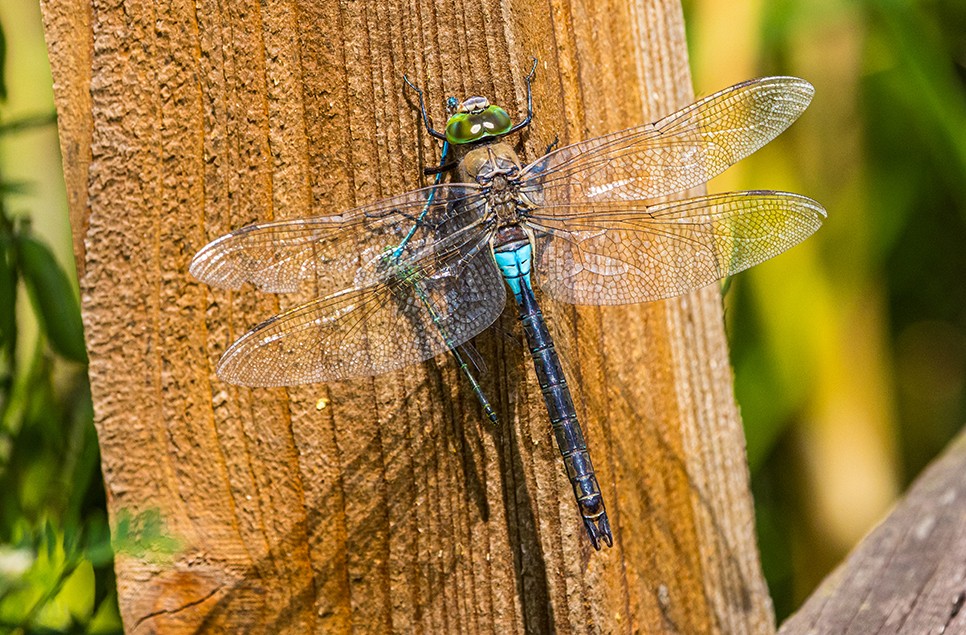Baby Baer's! First sighting of duck family confirms rare bird is breeding
A female Baer’s pochard and her young have been spotted at Hengshui Hu National Nature Reserve in China. It’s the only confirmed report from anywhere in the world this year of successful breeding by this Critically Endangered duck.
Conservationists have taken the news as a sign of the success of recent conservation efforts at Hengshui Hu, which was nominated as the ‘Home of Baer’s Pochard’ in March.
Hengshui Hu is a large lake around 150 miles southwest of Beijing. Bird counts over the last five years have shown that it is the most important known site for the last remaining Baer’s pochard. Several hundred were spotted there on migration last year and smaller numbers remain to attempt breeding. But until now there was no evidence of the pochards successfully producing young.
Richard Hearn, Head of Monitoring at WWT and Coordinator of the EAAFP Baer’s Pochard Task Force, said:
This incredible early success of the conservation efforts at Hensghui Hu is as a direct result of the priority measures implemented by the local government and nature reserve and clearly demonstrate that targeted conservation action works.
The presence of ducklings, and knowledge that we can make positive changes that directly benefit Baer’s Pochard, gives us all hope that the decline in the population of this critically rare diving duck can be reversed.

Why is it called Baer's pochard?
Baer’s pochard is named after Karl Ernst von Baer, an Estonian scientist and explorer. Until the 1980s the pochards were thought to be common and could be found across much of eastern Asia. Since then its numbers have dropped drastically and there are now fewer than 1,000 in the wild, making it rarer than the giant panda. In 2012 the world’s conservation authority, the IUCN, classified the bird as “Critically Endangered”, meaning it is just one step away from extinction.
Earlier this year, the Hengshui Hu nature reserve staff, supported by Chinese and German conservationists, stepped up efforts to get the birds to breed by trying to stop illegal egg collection and prevent nesting pochards from being disturbed by fishermen and tourist boats.
In March this year, experts from ten countries visited Hengshui Hu to plan further conservation measures to help the Baer’s pochard. It was at this meeting that Hengshui Hu was nominated as the “Home of Baer’s Pochard” and as a direct result the local government, along with the nature reserve and the local university, declared the key part of the lake as a fully protected zone during the breeding season, compensated fishermen for their loss of income, clamped down on illegal fishing and egg collection, stabilised the water level during the breeding season to avoid flooding nests, and began a public information campaign to raise awareness locally of Hengshui Hu’s global importance for Baer’s pochard.
Mr Yuan Bo, Director of Hengshui Hu National Nature Reserve, said:
Hengshui Lake is the most important known site for Baer’s Pochard in the world. With that great honour comes a great responsibility.
With the support of the local government and national and international partners, we have implemented a series of conservation actions aimed at reversing the decline of this “Critically Endangered” diving duck and we are delighted that our efforts have been rewarded so quickly. Our aim now is to build on this success to ensure successful breeding becomes an annual event.”
Professor Ding Changqing, from Beijing Forestry University and Chair of the Baer’s Pochard Task Force said:
The Baer’s Pochard is a jewel in the crown of East Asia’s natural heritage. With a distribution concentrated in China and a population lower than the Giant Panda, we have a unique responsibility to ensure its survival in the wild.
The breeding success at Hengshui Hu shows how local conservation efforts, supported by national and international partners, can make a difference.



